Last-Minute NYC Holiday Gift Guide 🎁
We’ve created a holiday gift guide with presents for the intrepid New Yorker that should arrive just in time—


Last week, we attended the launch of the new WNYC podcast, “There Goes the Neighborhood,” an in-depth eight-part series that looks into gentrification (or what we prefer to call “neighborhood change,”) in Brooklyn. Appropriately hosted on the border of Bedford-Stuyvesant and Crown Heights, two neighborhoods that have been feeling strong real-estate pressures in the last few years, the launch evening was structured as a series of conversations between a diverse group of panelists which included actress Martha Plimpton (who moved to Crown Heights after living her whole life around 100th Street in Manhattan) who conversed with Crown Heights-raised/East New York-residing rapper Dyme-A-Duzin.
Astoria-based comedian Aparna Nancheria hosted the evening, opening with a story about visiting a $3000 a month apartment in Bushwick with a friend where they were told residents were banned from pooping in the toilets. She joked that living in New York City was like being in an “involuntary contestant in a reality show: So you think you can exist?” Though one takeaway of the evening was a lack of conclusiveness about how to talk about gentrification, most could agree that the issue was much more than just a question about real estate. Martha Plimpton explained how moving to Crown Heights made her feel like she was “coming back to New York, returning to the city I knew.”
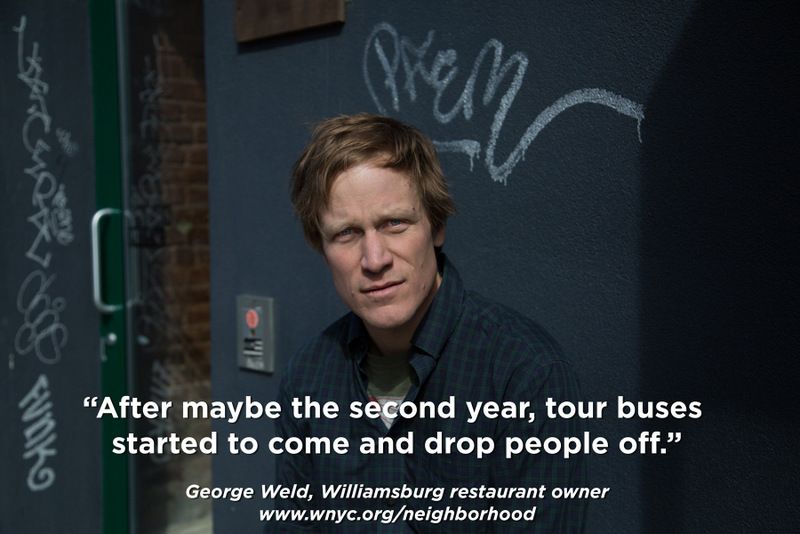
Photo by Amy Pearl/WNYC
Dyme-A-Duzin said he had “mixed feelings,” about the changes. “On one side, damn it’s heart breaking. [But] maybe with improvements, more wealth can come in.” He noted that he and his family have since left Crown Heights, and live in East New York. When asked what changes were the most visible, he said, “As white people came…you got more cops,” but was quick to note: “If you want to talk about race, it goes way deeper than gentrification. It’s not all about race.”
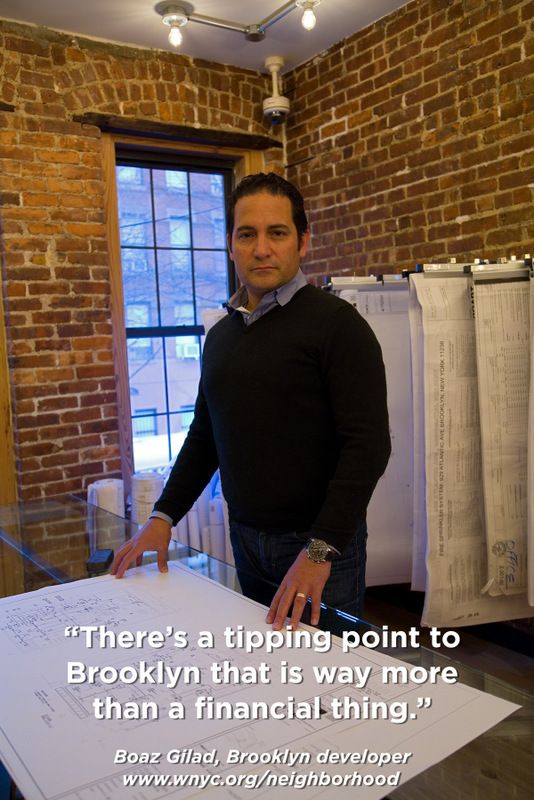
Photo by Amy Pearl/WNYC
This in itself goes beyond one of the statements made by WNYC producer Rebecca Carroll early in the first episode of the podcast, entitled “Mouth to Ear.” “What we don’t talk about,” she contends, “is race, racism and systemic racism. My understanding is that’s what gentrification is, when a neighborhood becomes valuable. And what makes that valuable is when white people decide that they want to live there. Or, when wealth comes to the neighborhood. And most of the time the people who have the wealth are white people.”
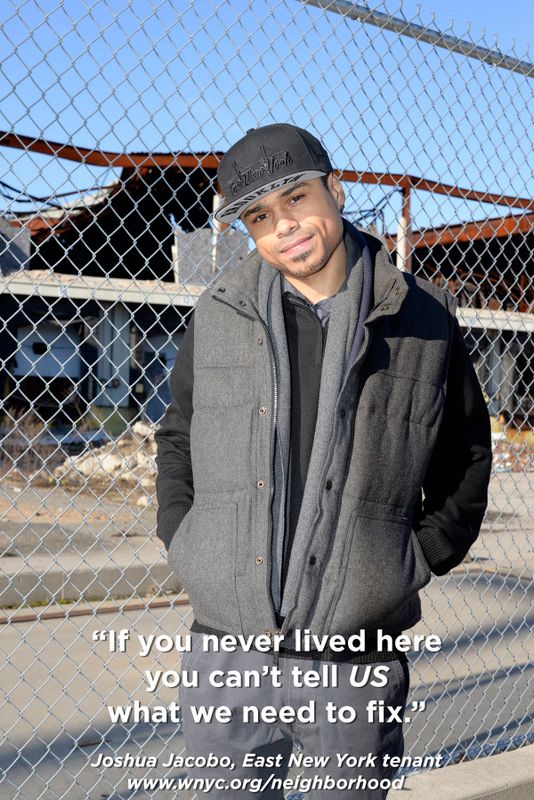
Photo by Richard Yeh/WNYC
But a subsequent spoken word performance entitled “Black Gentrifier,” by Kai Davis provided more nuance to this question. Kai pondered her role in Philadelphia, as a Black woman moving into a gentrifying neighborhood: “Would my absence make a difference? Would it be abandonment or justice?” Andrew Padilla of the film El Barrio Tours: Gentrification in East Harlem emphasized that the issue of gentrification was national and global, not just about Brooklyn: “Not just here in Brooklyn, but now Brooklyn is in New Orleans, Brooklyn is in Detroit.”
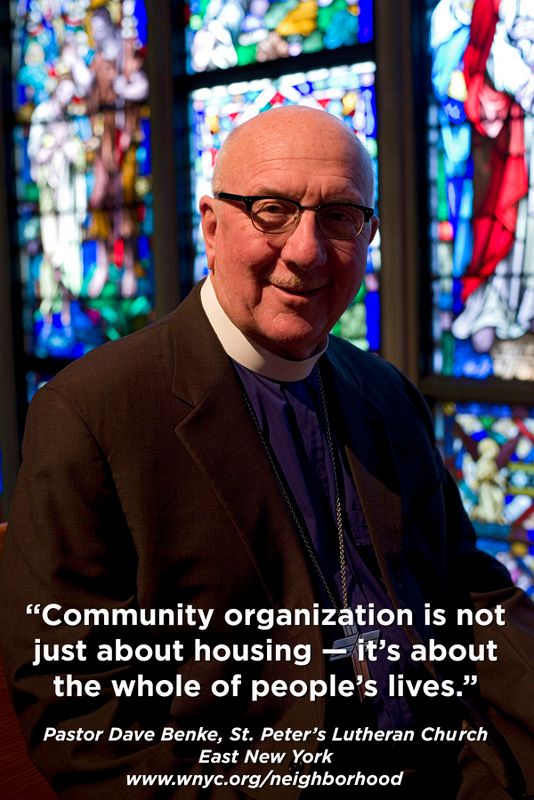
Photo by Richard Yeh/WNYC
As DW Gibson, author of The Edge Becomes the Center: An Oral History of Gentrification in the 21st Century states on the first episode,” “It’s not the same everywhere. It changes from neighborhood to neighborhood and block to block. Gentrification is a systemic phenomenon, driven by global capital and it has it own characteristic in every single block, in every single apartment building in every single city.”
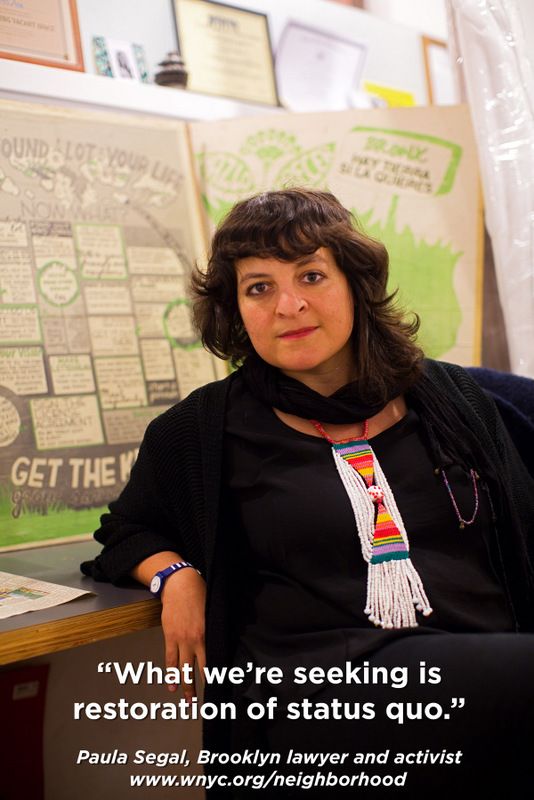
Photo by Amy Pearl/WNYC
Concluding the discussion, Justin Garrett Moore, senior designer at the New York City Department of City Planning spoke of how the city has accumulated decisions since the era of Robert Moses that have impacted the physical layout and the socioeconomic divisions of the city, which in turn have created a distrust of the populace for government. Moore raises the question of how we can change these long-held beliefs, echoing what WNYC reporter Jim O’Grady poses in the podcast: “To me, gentrification right now in New York City is inevitable. But it doesn’t mean it will always be, and it doesn’t mean it can’t be changed or adjusted or tempered by community activism and by political decision making.”
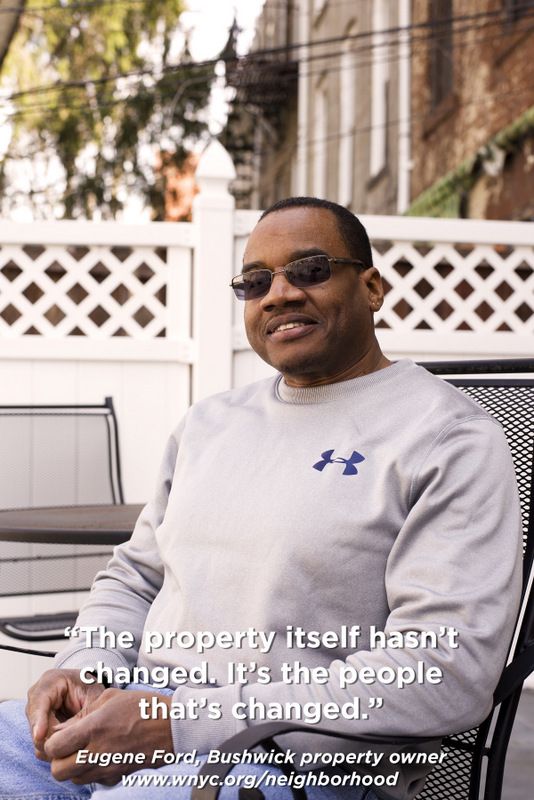
Photo by Richard Yeh/WNYC
The first episode addresses about the re-urbanization of America’s cities, about New York City Mayor Bill de Blasio’s affordable housing plans, and breaks down the players in the gentrification game. Though most developers did not want to speak to WNYC, one South Brooklyn developer agreed under the pseudonym “Isaac”. He described the strategy of buying “ugly ducking buildings on a good-looking block,” gut renovating them, then renting them at market rate. And the market he says, is simply, “hot.”
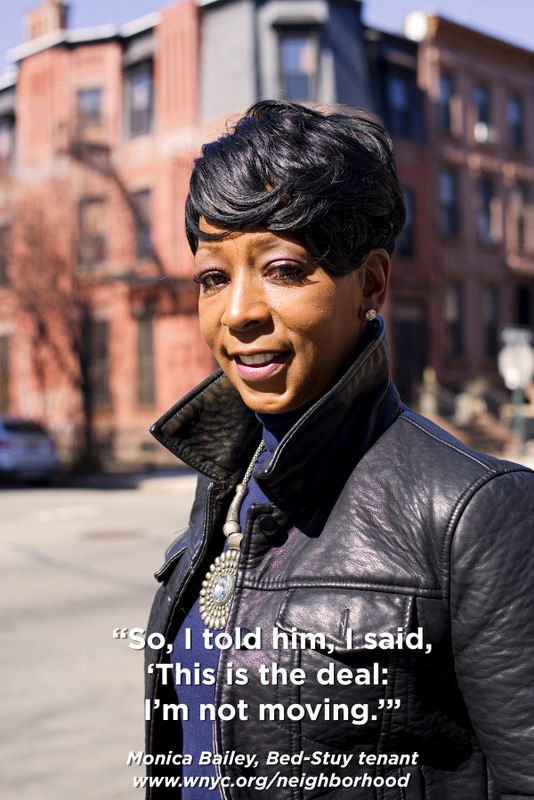
Photo by Richard Yeh/WNYC
Even before the speculation stage there are the scouters – those that are “walking around, checking out the buildings, chatting up the locals. They pay old timers for tips about who among their neighbors might want to sell. Almost every block has someone who hears things first.” But Isaac says due eto his activity, from “searching the internet from mouth to ear,” he gets tips directly. “Once you’re out there, the people with good deals will automatically run after you,” he explains.These people are often generally lone wolf brokers and dealers, without a license and leave no paper trail. They take an under the table fee, which is illegal. They also might be flippers who specialize in foreclosures or short sales. “Isaac” calls these types of folks “matchmakers” and finds them much more useful to his business than “professional real estate brokerage firms.”
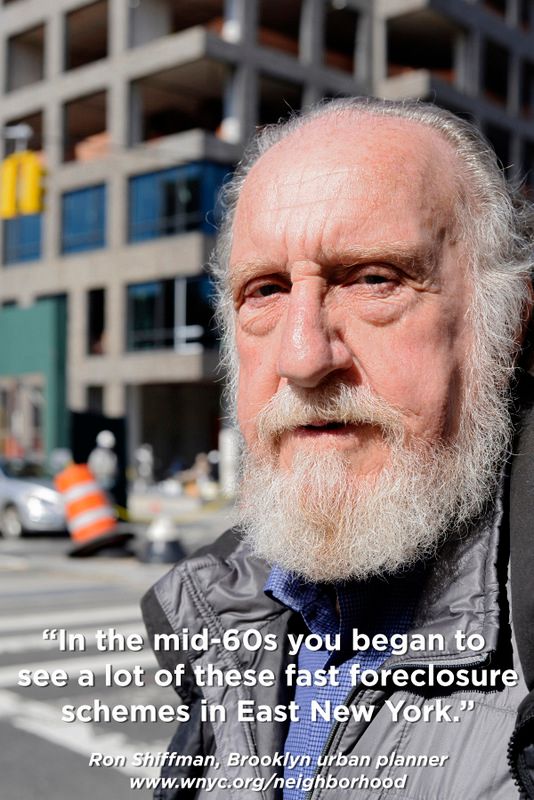
Photo by Richard Yeh/WNYC
Isaac isn’t bothered by the evictions that result from his renovations, as he believes his work is improving the neighborhood. “Look,” he says, “It’s no secret that areas are changing, and they’re changing for the better. But I think it’s good for Brooklyn and it’s good for the people who live there, who have lived there for the past forty years.” Gentrification he believes, brings income diversity to those neighborhoods and more services. He believes the city’s regulations work to keep a balance between affordable housing, but openly says that neighborhoods improve with the influx of “better people,” which Wright explains is as cringe-worthy and uncomfortable for him to hear, as it is for us listeners.
The episode also addresses tenant harassment and different measures that landlords use to get tenants to move out, and the somewhat successful story of Monica Bailey, a long-time Bed-Stuy resident that managed to find affordable housing within the neighborhood even though she wasn’t able to keep your original apartment. But the question lingered in the room, as the evening continued – who exactly are the gentrifiers and what do they look like? As nearly everyone in New York City is being priced out of somewhere. They were certainly among us, and were us, no longer an abstract entity.
The second episode, “Brooklyn We Go Hard,” heads to East New York, the latest rezoning target under De Blasio’s affordable housing plan. Check it all out at There Goes the Neighborhood. Subscribe via iTunes or RSS feed.
Next, check out five urban planning projects that will change the Bronx.
Subscribe to our newsletter